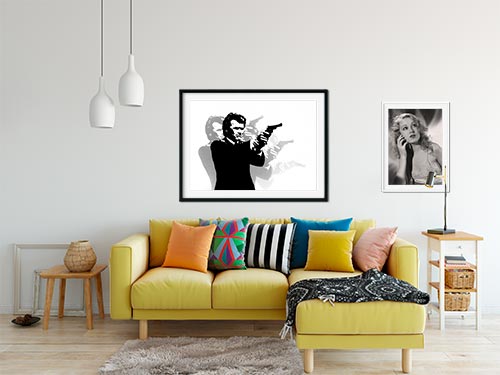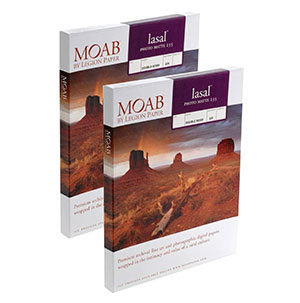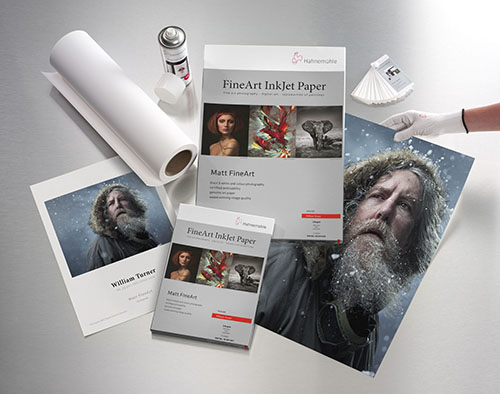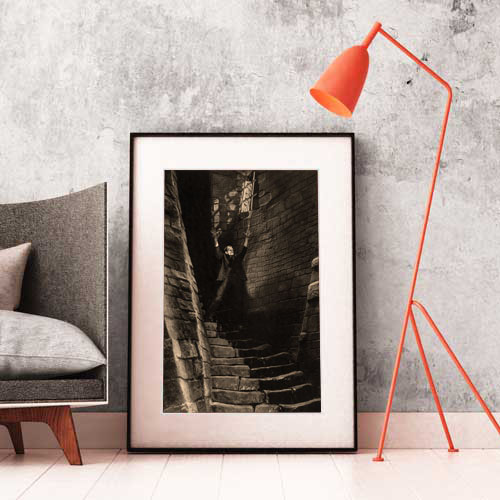Exceptional studio publicity shot featuring the sultry Barbara Shelley. It was originally used to promote "Village of the Damned", a 1960 iconic British science fiction horror film by Anglo-German director Wolf Rilla.
Village of the Damned is a 1960 British science fiction horror film by Anglo-German director Wolf Rilla. The film is adapted from the novel The Midwich Cuckoos (1957) by John Wyndham. The lead role of Professor Gordon Zellaby was played by George Sanders. Metro-Goldwyn-Mayer acquired the film rights in June 1957, prior to the novel's publication. Milo Frank was assigned to produce and John Lupton was announced as a possible star. By December, the title had been changed to Village of the Damned and Russ Tamblyn, who appeared as the lead in MGM's Tom Thumb (1958), was named as a possible star. In January 1958, MGM president Joseph R. Vogel announced the film would be among the movies made by the studio that year. Robert Stevens signed to direct.
The film was originally intended as an American production, to be filmed at the MGM studios in Culver City, California. Stirling Silliphant wrote a script with Ronald Colman slated as the lead, but Colman died in May, 1958. (His widow, actress Benita Hume, married actor George Sanders in 1959, and Sanders was cast in the role meant for Colman.) In September 1958, Michael Rennie said he was being considered for the lead. In October, Mel Dinelli was reportedly working on a script. In January 1959, Julia Meade signed to play a lead role. A sequel, Children of the Damned (1964), followed, as did a remake, also called Village of the Damned (1995). Given an 'A' certificate by the British censors, the film opened in June 1960 at The Ritz cinema in Leicester Square, London. According to director Wolf Rilla, it soon attracted audiences, and cinema goers queued round the block to see it. In December of the same year it was released New York and Los Angeles; it became a sleeper hit for MGM in the US.
American critics were also in favor of the film. The Time reviewer called it "one of the neatest little horror pictures produced since Peter Lorre went straight" and questioned the wisdom of MGM's low-profile release strategy. While not willing to call it a horror classic, Howard Thompson of The New York Times wrote, "as a quietly civilized exercise in the fear and power of the unknown this picture is one of the trimmest, most original and serenely unnerving little chillers in a long time." The film received a small but positive mention in the Saturday Review which called it "an absorbing little picture that you may yet be able to find on some double-feature bill."
Author and film critic Leonard Maltin gave the film three out of a possible four stars, calling it "an eerie, well-made chiller." On Rotten Tomatoes, the film has an approval rating of 93%, based on 40 reviews, with an average rating of 7.6/10. The website's critical consensus reads, "Chilling performances and a restrained, eerie atmosphere make this British horror both an unnerving parable of its era and a timeless classic." The climactic scene in which the children break down Zellaby's mental brick wall is #92 on the Bravo miniseries 100 Scariest Movie Moments.
Product Enquiry
Kodak Professional Endura Paper
Kodak Endura papers provide an incredible amount of detail and smooth transition of tones. Designed for the professional photographer in mind, looking for a more traditional photo print style, Kodak Endura provides an extended print life and color gamut almost at the level of a high end fine art paper print.
Archival Matte Paper
Archival Matte Paper, also known as Moab Lasal Photo Matte, is our house stock fine art paper and is an economical favorite for fine art reproductions and photo prints. It features a smooth surface, heavy weight (230 g, 9.5-mil), neutral white, matte paper engineered for accurate color reproduction that provides high contrast and high-resolution output. This paper is acid-free, making it the perfect choice for both photography & fine art reproductions.
Giclee William Turner Paper by Hahnemühle
The William Turner by Hahnemühle is one of the most popular papers used in the Giclee printing industry. This is a 310g natural white mould made natural line paper with 100% rag content making it highly archival. It has a slight coarse texture which gives photos and artwork an elegant look. These fine art paper prints (also known as Giclee) are ordered by galleries, individual artists and photographers. The papers and inks are not only archival but use some of the most accurate print technology for full color prints.
- Giclee prints use very expensive archival pigmented inks.
- Highest level of color gamut available in printing (12 color printing).
- Exceptional black & white printing.
- Fade resistant, pigmented inks which provide a superior color range compared to other types of inks. Widely preferred in fine art and photography circles.
- We ONLY use professional grade fine art and photo paper that resist yellowing and aging.



Framing
We offer wood and metal frames, custom cut & joined to order. Each framed print includes hanging hardware and foamcore backer.
Matting
We use conservation grade 100% virgin alpha-cellulose 2 ply mats with white core. Acid-free and lignin-free, these are both face resistant and meet all conservation quality standards set by the Fine Art Trade Guild. Mats are digitally cut for ultimate precision. The window will be 1/8″ smaller than the print dimensions.
Glazing (Acrylic Glass)
We offer custom cut panes of shatter-proof, acrylic glass, to protect your valuable artwork and prints.
Premium Clear
Framing grade clear acrylic is shatter resistant and lightweight.
Reflection Control
With its matte finish, Tru Vue Reflection Control® Acrylic scatters light to diminish unwanted glare.
Conservation Clear
Tru Vue Conservation Clear® Acrylic is a framing industry staple, blocking up to 99% of UV rays for ultimate protection.
Conservation Reflection Control
Tru Vue Conservation Reflection Control® Acrylic scatters and diffuses light to reduce unwanted glare. Blocks up to 99% of UV rays.







